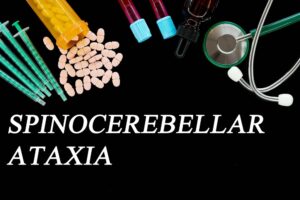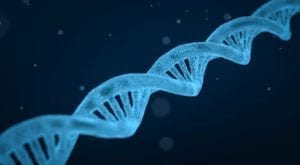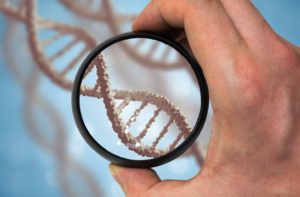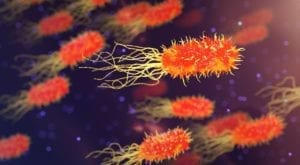Spinocerebellar Ataxia (SCA)
What is spinocerebellar ataxia (SCA)?
Spinocerebellar ataxia (SCA) is a term referring to a group of hereditary conditions that occur when parts of the nervous system that control movement are damaged (i.e. “ataxias”). These cause degenerative changes in the movement control part of the brain, and sometimes in the spinal cord, as well.
There are many different types of SCA, and they are distinguished based on the particular mutated gene that is responsible for the condition.
What is the cause of spinocerebellar ataxia (SCA)?
Gene mutations are the root cause of the different types of SCA. For some types, the causative gene has been identified, but in other types, the genetic cause is still unknown. For some types of SCA, this genetic mutation is inherited in an autosomal dominant fashion, but other diseases may have an autosomal recessive inheritance.
What are the symptoms of spinocerebellar ataxia (SCA)?
All types of SCA are characterized by a progressive incoordination of walking. Even though other symptoms of the condition may vary by type, they are generally similar and are characterized by other movement problems that tend to get worse over time. These include an irregular gait, hand-eye coordination impairment, and involuntary eye movements. In addition to these, patients with SCA may also have abnormal speech, vision problems, and difficulty processing, learning, and remembering information.
How is spinocerebellar ataxia (SCA) diagnosed?
Genetic testing is available for different types of genes that are known to cause SCA. This testing can confirm a diagnosis if someone exhibits the signs and symptoms of the disease.
However, since some types of SCA have not yet been attributed to a specific gene mutation, imaging tests such as CT scans and MRI scans can also be used in the diagnosing process.
What treatments are available for spinocerebellar ataxia (SCA)?
Currently, there is no known cure for spinocerebellar ataxia, so the best treatment options are focused on managing the symptoms of each individual type and case. With this being said, physical therapy can reduce ataxia in patients, and special devices like crutches or wheelchairs can assist in patient mobility.
Where can I find out more about spinocerebellar ataxia (SCA)?
Spinocerebellar Ataxia (SCA) Articles


Patient Story: Spinocerebellar Ataxia Has Affected My Whole Life

ICYMI: After a 25 Year Search, a Doctor Discovers the Cause of Spinocerebellar Ataxia 4

Researchers Identify How GCC-Repeat Expansion in ZFHX3 Causes Spinocerebellar Ataxia Type 4

Navigating the Neurological Maze: McGill’s Breakthrough Study Explores SCA6 and Endosomal Dysfunction

FDA Refuses to Review Biohaven’s Application for Spinocerebellar Ataxia Drug






